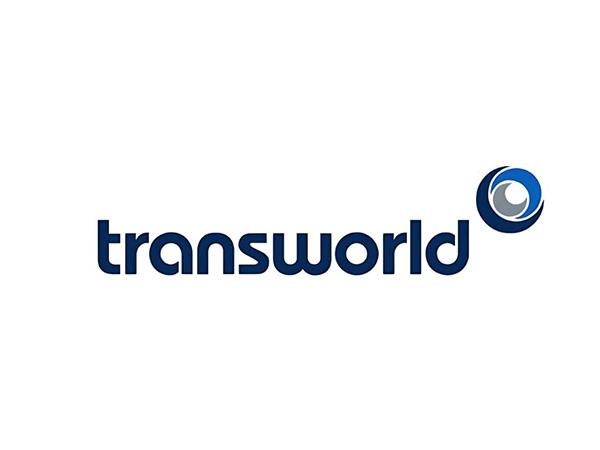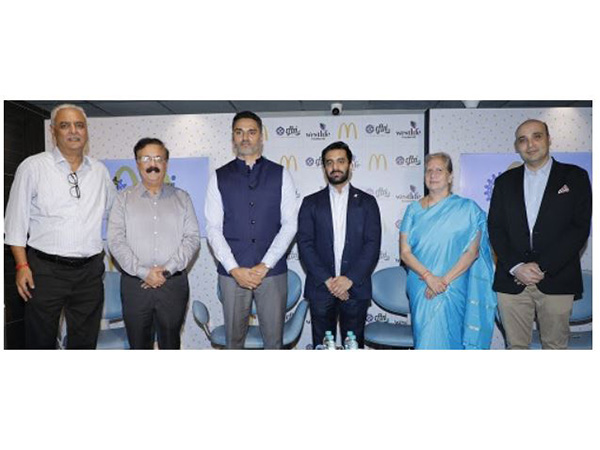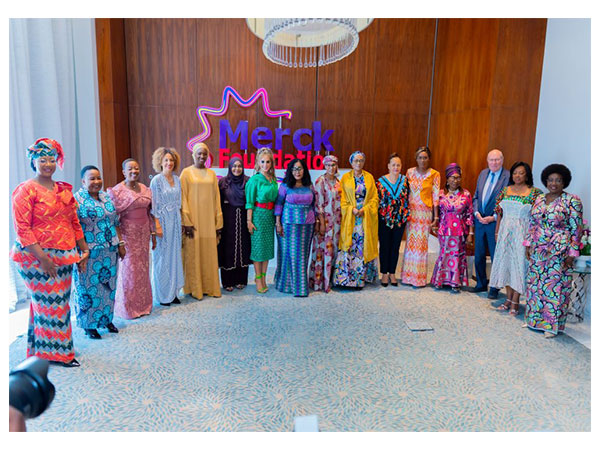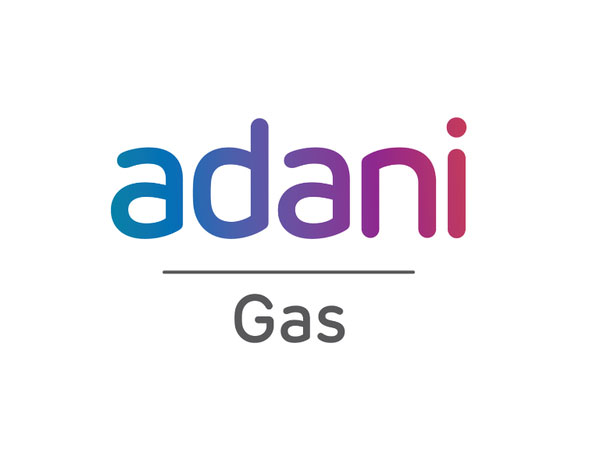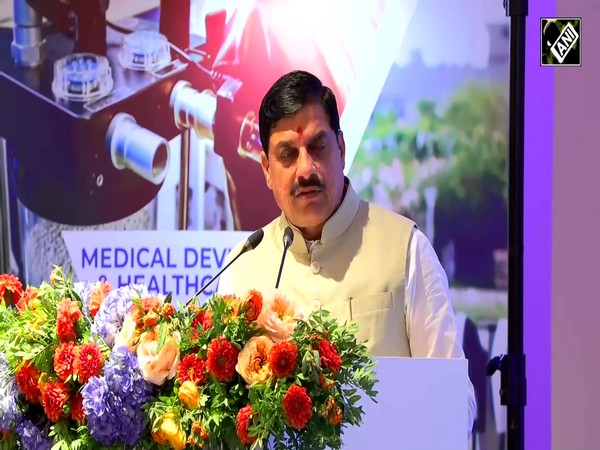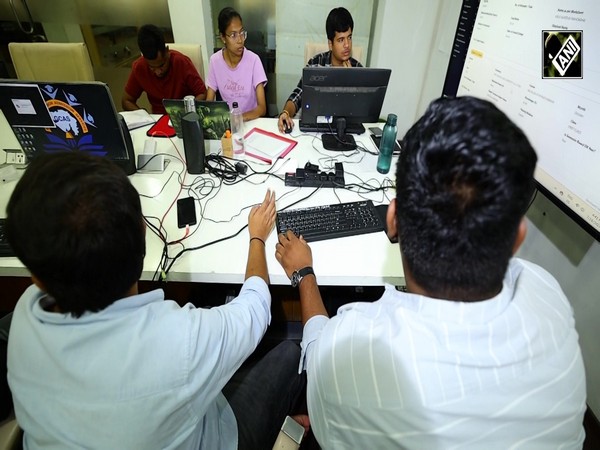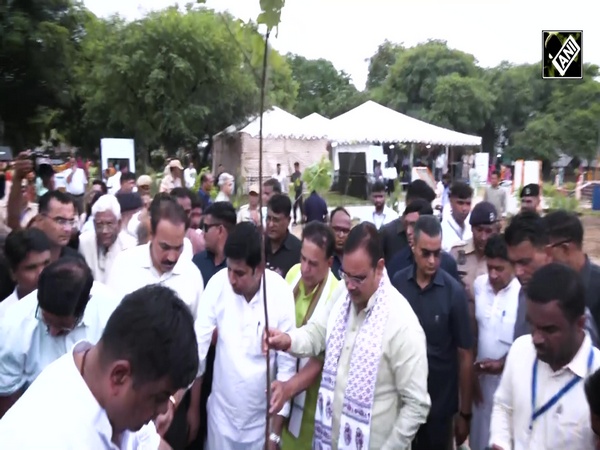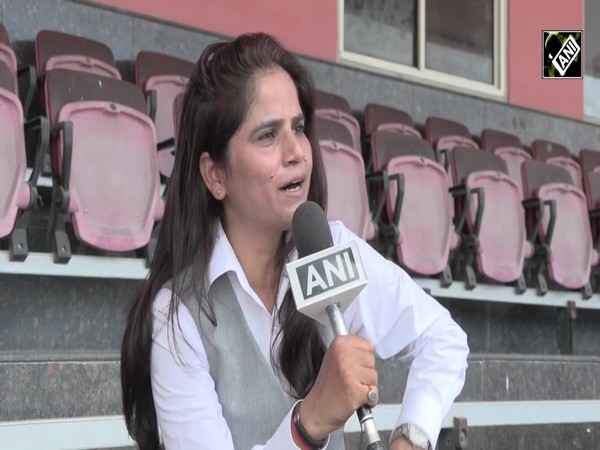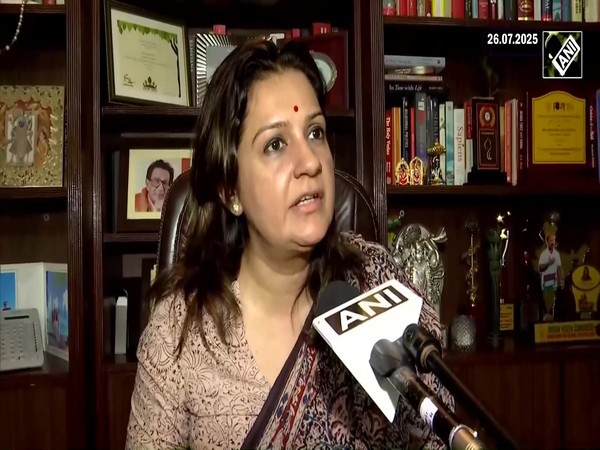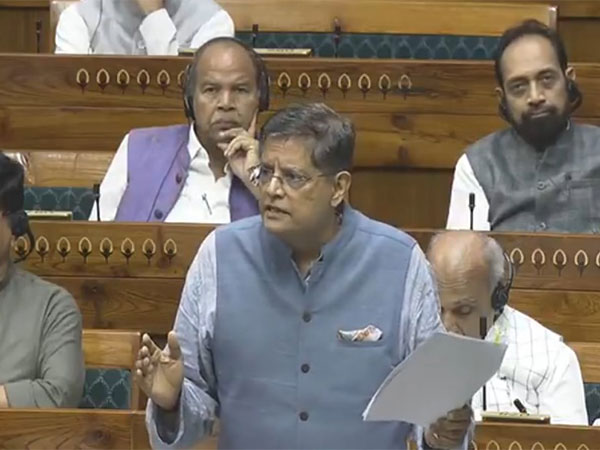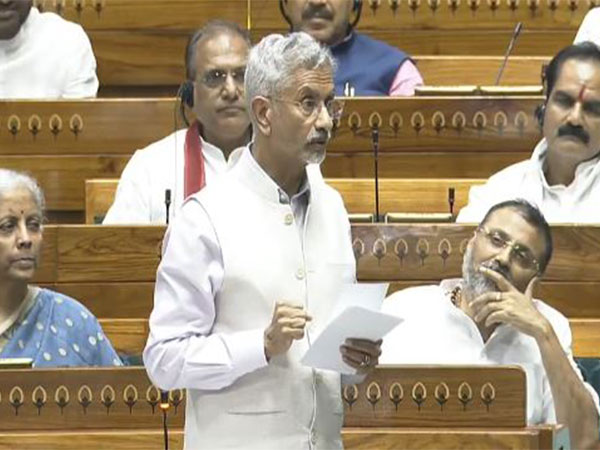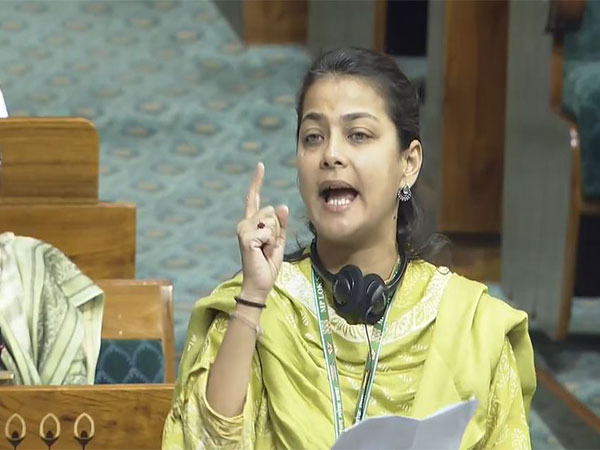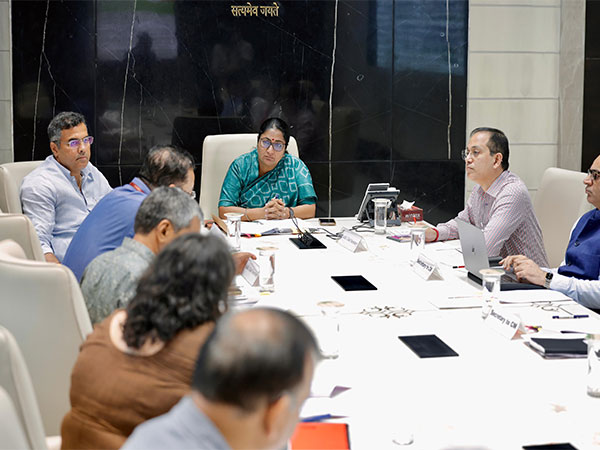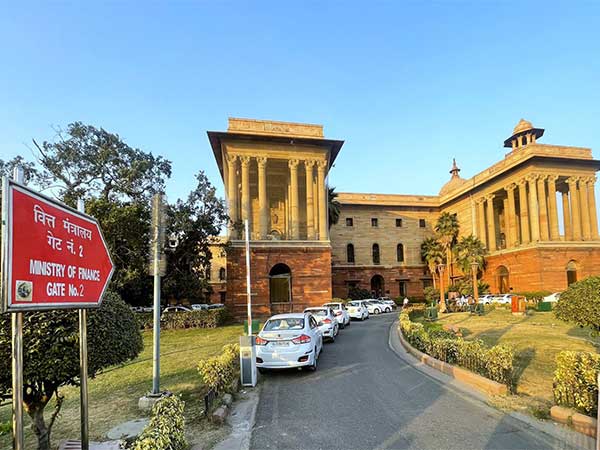
64.3% Indians now covered under social security, against 22% in 2016
Jul 28, 2025
New Delhi [India], July 28 : About 64.3 per cent of Indian population is covered by social protection systems in 2025, increasing from 22 per cent in 2016, indicating a substantial expansion in social security coverage in the country, according to the latest Sustainable Development Goal (SDG) National Indicator Framework (NIF) Progress Report, 2025.
According to the report, which was quoted in the Department of Economic Affairs' monthly review, the proportion of the population that is multidimensionally poor has decreased from 24.9% in 2015-16 to 15% in 2019-21.
"This achievement is a testament to the government's commitment towards inclusive growth," read the monthly economic review report.
The government's initiatives for improving access to basic amenities are reflected in the rise in the percentage of the population using an improved drinking water source in rural areas, which has increased from 94.6% in 2015-16 to 99.6% in 2024-25.
Universal household electrification is expected to be achieved by 2021-22, while 100 per cent of the districts are projected to achieve the Open Defecation Free (ODF) target by 2024-25, according to the report.
"The Government's efforts to provide affordable housing, social security for workers, food security, financial inclusion, universal access to basic amenities and high-quality affordable healthcare are instrumental in improving the overall well-being and standards of living," it added.
The Ministry of Statistics and Programme Implementation's (MoSPI) latest Sustainable Development Goal (SDG) National Indicator Framework (NIF) Progress Report, 2025, provided a comprehensive picture of the impact of these initiatives in achieving SDG targets.
Coming to the monthly economic review report, India's economy sustained its growth momentum in the first quarter of 2025-26, supported by robust domestic demand, resilient business and services activity, and a favourable onset of the southwest monsoon.
High-frequency indicators reflected broad-based strength, registering strong year-on-year growth. While the manufacturing and construction sectors continued to expand, the services sector anchored overall economic growth in Q1 of 2025-26, according to the abstract of the review report.
Inflationary pressures continue to recede in Q1 of 2025-26, with CPI inflation falling to a 77-month low of 2.1 per cent in June 2025.
This sharp moderation was driven by a significant decline in food inflation, particularly in the prices of vegetables and pulses.
Wholesale price inflation also moved into the deflationary zone at (-)0.1 per cent, providing further relief on the cost front, it noted.



